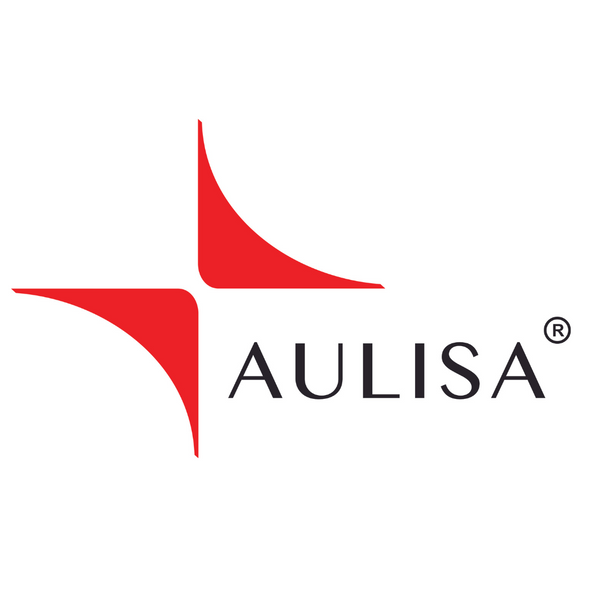When it comes to healthcare, trust is built not only in exam rooms and hospital wards but also in the everyday moments when patients and families feel reassured that someone is watching over them. Remote vital sign monitoring is changing the way care happens, both in hospitals and at home, by bridging the gap between people and providers.
Families often carry the emotional weight of uncertainty. Parents caring for a child after surgery, or adult children supporting an aging parent, describe the same feeling: constant vigilance. Even at night, sleep is shallow because every cough, pause, or movement feels like a signal that something might be wrong. Remote monitoring transforms this experience. Instead of manually checking vitals or relying solely on observation, families receive an added layer of support. The technology doesn’t replace their care, but it offers reassurance that critical changes will be caught in real time. Many parents we’ve spoken to during usability testing describe the relief of being able to “step back and breathe” because they know alarms and data are continuously tracked.
On the provider side, the challenges are different but no less pressing. During a recent field visit, several nurses shared how overwhelmed they feel by the sheer volume of alarms in hospital units. Research confirms this reality: studies show that up to 80–99% of alarms in intensive care settings can be false or clinically insignificant (The Joint Commission, 2013). This constant barrage contributes to “alarm fatigue,” where staff become desensitized and may miss true emergencies. Remote monitoring designed with intelligent alarm management can reduce this burden. By filtering out false positives and focusing attention on clinically relevant events, technology supports nurses who are already stretched thin. Instead of pulling providers in multiple directions, it allows them to focus where they’re needed most.
One of the most powerful outcomes of remote monitoring is the trust it builds between families and providers. Families feel more confident because they know their loved one is being watched continuously. Clinicians feel more equipped to act quickly because the data is reliable and accessible in real time. This shared layer of insight creates a partnership. Instead of anxiety driving interactions, both sides can focus on recovery, rehabilitation, and quality of life. Peace of mind may not always show up in clinical outcome metrics, but it is a very real part of patient safety and family well-being.
These stories reflect broader changes in healthcare delivery. With growing interest in hospital-at-home models, early discharges, and value-based care, remote monitoring is no longer a “nice to have.” It is becoming an essential part of extending the reach of clinicians while empowering families to play an active role in care. The future is not just about advanced devices. It is about humanizing innovation, ensuring that every new tool reduces stress for families, supports overburdened providers, and ultimately strengthens trust in the healthcare system.
Every beep of a monitor and every check-in from a clinician carries weight. For families, it means comfort. For providers, it means support in the midst of overwhelming demands. For healthcare systems, it means safer care at scale. At Aulisa, we believe that remote monitoring is not just about technology. It is about people, and the peace of mind that comes from knowing you are never alone in caring for the ones who matter most.
References
The Joint Commission. (2013). Medical device alarm safety in hospitals. Sentinel Event Alert, Issue 50.
Cvach, M. (2012). Monitor alarm fatigue: an integrative review. Biomedical Instrumentation & Technology, 46(4), 268–277.
Agency for Healthcare Research and Quality (AHRQ). (2019). Alarm Fatigue. Patient Safety Network.

